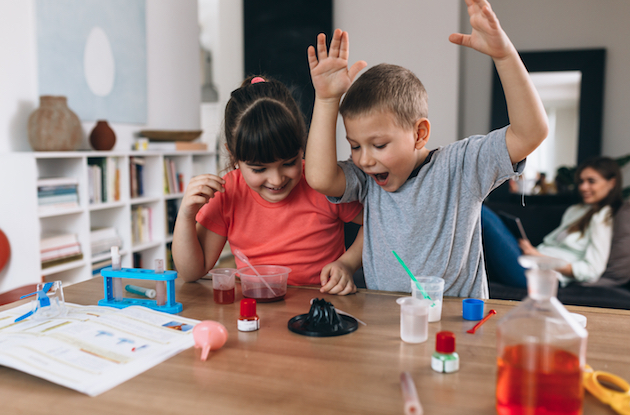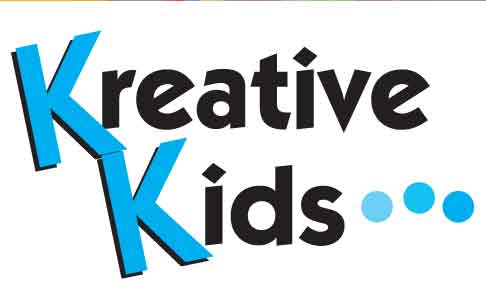
25 Easy Science Experiments for Kids
These are the most mind blowing (but easy!) science experiments your kids can do at home.
Get the Best Winter Activities
Teach kids about air resistance by making a parachute. Create the parachute with a zippered plastic bag or plastic grocery bag. Kids will enjoy releasing the parachute from different spots in your home and watching it float to the ground.
Science Experiments for Kids Ages 6-7 (First Graders)
Give your child a magnet. Let him discover which objects will stick to the magnet and which ones won’t. Have your budding scientist record his findings.
Peeps aren’t just for Easter. You can find them in different shapes throughout the year. See what happens when you cover the marshmallow treat in liquids like water, vinegar, and soda.
Science Experiments for Kids Ages 9 and Older
This glowing experiment teaches kids about science and is edible, too. With two main ingredients, kids can learn about fluorescent substances in this glowing gelatin project.
Kids can see how the heart pumps blood here. This model will teach them about the right atrium and ventricle using a few basic materials.
Spaghetti isn’t just for meatballs. Make your favorite pasta shape do tricks with this fun and fizzy experiment. Let kids explain the science as you make the rest of the spaghetti for dinner.
Science Experiments for Kids who Don’t Need Supervision
Science Experiments for Kids Ages 11 and Older
Learn about the skin’s protective power and why we need to wash our hands. Poke holes in a tomato and record findings for a week. Kids will see how mold and bacteria grow.
Kids will see if they can cook pasta even without boiling water, saving time and energy. They’ll get the answer when they complete this energy-saving experiment. (Spoiler alert: It can be done by rehydrating it beforehand.)
This experiment shows the impact of external and internal temperature changes. All you need is an empty soda can and some cold water to show how atmospheric pressure acts on a body.
Make a battery using household materials and a piece of fruit or vegetable. Kids can see if one type of fruit or vegetable works better than another.
This low-budget project only requires some colored pens or markers, index cards, and a few friends. Kids will learn if specific colors are better for memory and if it helps to write notes in one color over another.
Design a solar oven. Yes, you can! It’s fairly easy to have kids do this experiment with solar energy. They can even use the experiment to help make dinner.
Potatoes don’t just make French fries. A potato, yes, a potato, can run a basic LCD clock. You don’t even need a power source or batteries.








